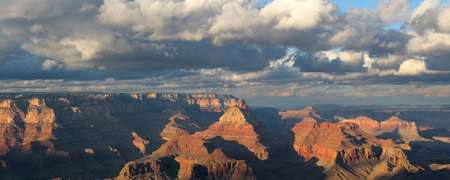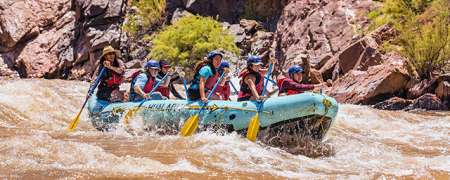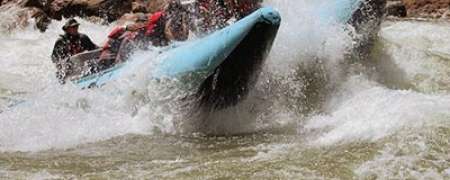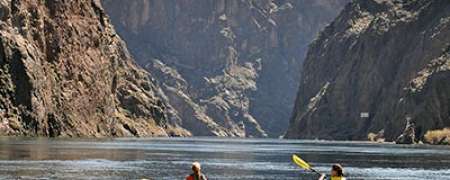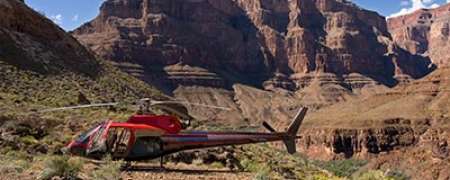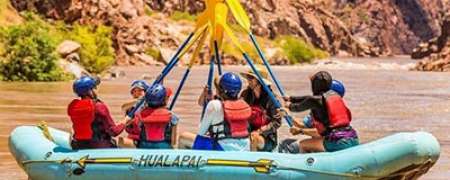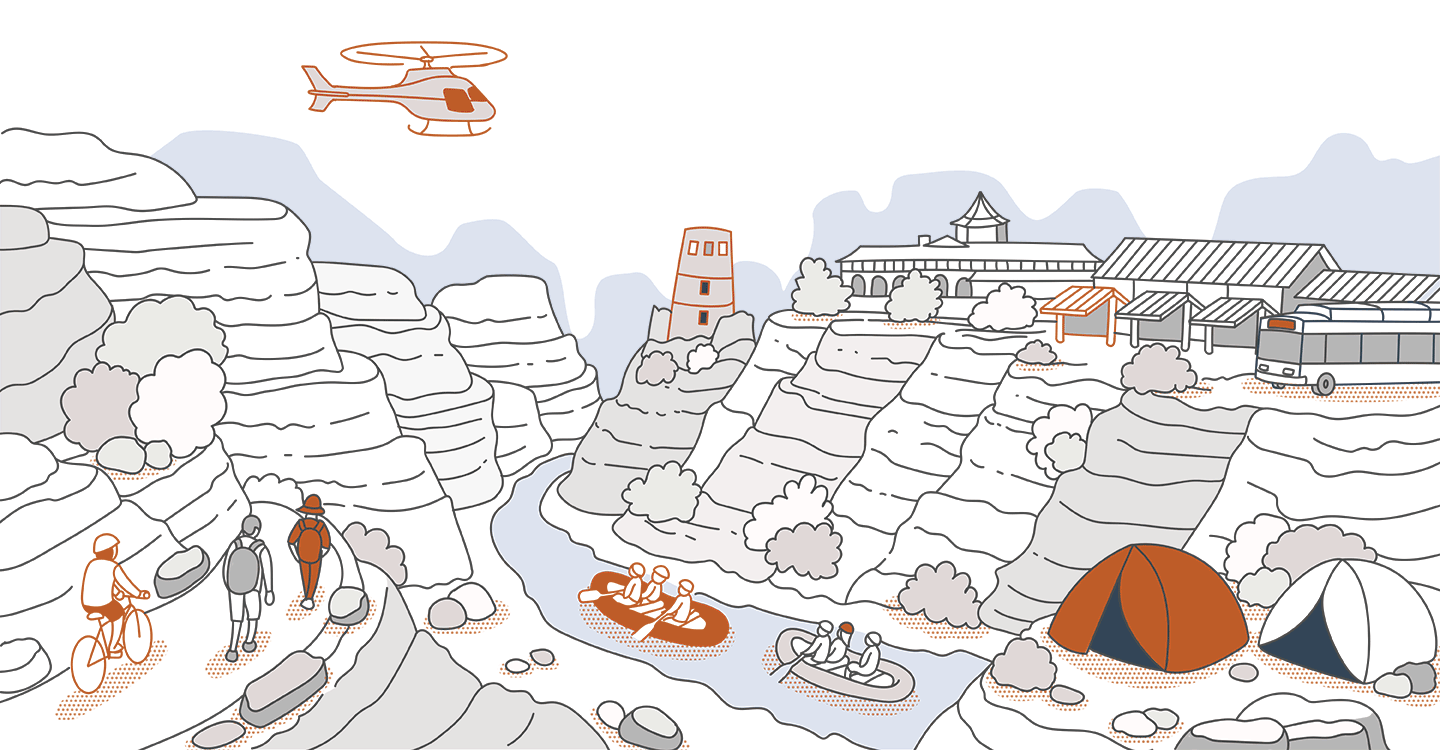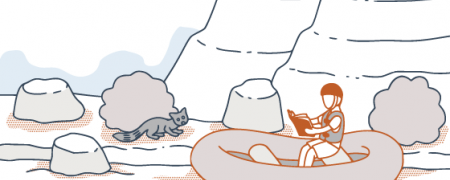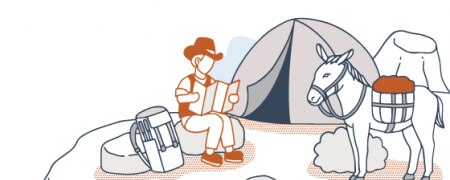Grand Canyon Rafting Trip Options
Guided Rafting Tours
Guided rafting trips are the easiest and quickest way to get on the river and experience the Colorado River and Grand Canyon. To learn more about guided rafting trips, check out our rafting tours page to learn about all of the great options for guided river rafting trips. TO learn about specific types of rafting trips continue reading.
One Day Whitewater Trips
Diamond Creek to Lake Mead offers 1-5 day rafting trips for private boaters. Permits for the one day trip can be obtained from Grand Canyon National Park. The Hualapai River Runners have the only commercial single day whitewater trip in the canyon. This trip departs from Peach Spring, AZ and includes a helicopter ride out of the canyon to get you back to the rim. Learn more about One Day Whitewater Rafting Trips.
Multi Day Whitewater Rafting Adventures
If you want to truly experience rafting the Colorado River through the Grand Canyon, then a multi-day whitewater expedition is the only way to go. These rafting trips through Grand Canyon National Park are 4-14 days and use either motorized rafts or oar boats. Learn more about Multiple Day Whitewater Rafting Trips
One Day Smoothwater Rafting and Kayaking
For visitors who want a more mellow rafting experience try a smoothwater float down the Colorado River. These trips are great if you want a little less excitement or have a family with young children. These trips take place on the Colorado River in Glen Canyon National Recreation Area, just above Grand Canyon National Park. The fees are less than the whitewater rafting trips and the scenery is still beautiful. This mellow float trip takes about a half a day, and makes several stops along the way, including the chance to view an ancient pictograph panel.
Just below the Grand Canyon and Lake Mead is Black Canyon. This is another smoothwater trip on the Colorado River that offers amazing views on a beautiful section of the river and even some hot springs you can take a side hike to. Learn more about One Day Smoothwater Rafting and Kayaking.
Grand Canyon Whitewater Rafting Trips for Private Boaters
River runners from around the world seek out the thrilling excitement of Colorado River Rafting through the Grand Canyon.
Grand Canyon Rafting Permits Lottery
To apply for the lottery, you'll need to set up a profile. This profile will let you apply for the lottery as well as receive email updates on river news and launch dates. To set-up your profile, go to Grand Canyon National Parks website for the Colorado River rafting lottery.
